I'm so jealous. Considering this me living vicariously through you. PRACTICAL ADVICE should be taken as suggestions, not mandates because really, what you're going to want to do is whatever works fastest for you and what gets you the best results with the least amount of fuss. An anecdote: I wandered through the southwest with a buddy for about a week back in December/January 2001-2. I was running a Pentax 6x7 with four lenses as well as a Nikon F5 with three; he had a Mamiya RZ67 with three lenses. And whenever we'd stop, I'd go out and go blamblamblam with the Nikon and then Blam...Blam with the Pentax and be done. My buddy, on the other hand, would ...get out the tripod. ...get out the light meter. ...get out the viewfinder. ...load up the camera. ...try both lenses. ...move the tripod. ...shoot bracketed exposure. ...shoot bracketed aperture. So I got shots that he never got. After all, I could get out, get nine shots on two cameras and get back in the car in the amount of time it took him to put sticks on the ground. But those shots where we both got pictures? He has better pictures. If you've got the time, take the time, and shoot like you have the time. If you don't, fuckin' pretend it's a warzone and go to town. THAT SAID My skills were largely refined shooting rock'n'roll shows (on film) and weddings (on film). I did shoot architecture, I did shoot portraiture, I did shoot landscapes, I did shoot product and art shots. But my work aesthetic is all about getting the fucking image right fucking now because when I was learning, I didn't have the time to fuck around. I got out of my Nikon N70 and into an F5 because the shutter was too slow on the N70 and because it wasn't metering light as well. With the N70 I got the picture half a second after I wanted it because I was generally second-guessing its settings. With the F5 I got the shot. So I shoot aperture priority. It's much easier now because you can shoot aperture priority and let the camera make up whatever pretend ISO it feels like but I mean, even my 5D still thinks ISO matters so that's new, comparatively speaking. But aperture priority works great because depth-of-field fucking matters and if you don't control it, it'll control you. This is a reason to shoot primes - an f/2.4 prime is cheap, an f/2.4 zoom is a fucking mint. And shallow depth of field is the fundamental essence of professional-looking photography: f/1.4 is an Orvis catalog. f/2.8 is Sunset Magazine. f/16 is your aunt's terrible snapshots. This scene also does a good job as to why you need flash: a modern digital camera can go so much fuckin' deeper than we used to be able to. I used to shoot NHG Pro II at 800 and the grain was something you could taste. The new Sony shoots at what? And yeah -that's the 3-year-old sony. But here's fill flash: And with remotes and wireless you can do dumb shit like bounce light off walls to the left of you or put them behind tombstones to get crazy effects and all sorts of other cool shit. You'd much rather use practicals than flash but you also don't want to haul around practicals 'cuz they take up a lot of room and take forever to set up. A couple flashes on stands or velcro or gorillapods? You're golden. My wedding rig used to be a mammerjammer flash on the camera and then another mammer-jammer on an SU-4 (which was $200 all by itself) blasting the bride and groom from up high. That way you get useful shadows instead of shit shadows. And now that only hipsters shoot film, you can see what you're getting now and adjust. Used to be you'd do this thing and hope it worked, and you'd find out three days later and use it next time in the field. You? You can fuck around until you're satisfied. A 64GB card will hold like 3,000 images at 50MPix. You can burn a million pictures and you should. What looks good in the viewfinder looks different on the monitor. So. Flashes. Explained that. Aperture priority. Explained that. Whatever cameras you work with, depth-of-field preview is nice. It'll be a button you can press. Lenses. Again, whatever budget they're giving you, blow through it. If you buy $20k of gear (you won't need to buy $20k of gear) and sell it back for $16k you're only out personally $2k. If I were you, on your budget, I'd go - 2ea. Eos 5D Mk IIs (the IIIs are pointless and the IIs have been out plenty long enough to be cheap used) - the 16-35 II wide angle zoom. - a 200-400 or so. - 28mm prime. - 55mm prime. - 135mm portrait. - 17mm tilt-shift. ...but really, if you go to a camera shop you trust and let them make you a deal you'll be rawkin'. You might even let them try you out on a long-term rental. LIGHTROOM Learn it now. Learn the shit out of it. Do the Lynda course or whatever but take whatever photos you already have and learn to catalog them, learn to process them, learn to evaluate them, learn to output them with tags and shit on them. You're going to be generating piles and piles and piles of data. You're going to want a couple hard drives to back up to every single day, one in the front of the car, one in the back. It isn't just about taking the photos, it's about getting them in front of people. The difference between a professional and an amateur is a professional shows fewer of her pictures. Back in the film days, typical shooting ratios were 1 good shot out of a 24 exp roll. I wasn't quite professional enough; I'd show two or three. Now that everything is digital? If you get 3 good shots out of an afternoon photo shoot, you win... but that means you took 400-500 shots. As you can tell, this means that you need to lightroom shit down by a more than 100:1 ratio. You're going to want to get good at it now. And you're gonna want a calibrator. Datacolor Spyder. Whatever you can afford, whatever makes sense. 'cuz tweaking your images to look good on a monitor that looks bad can ruin your entire life.
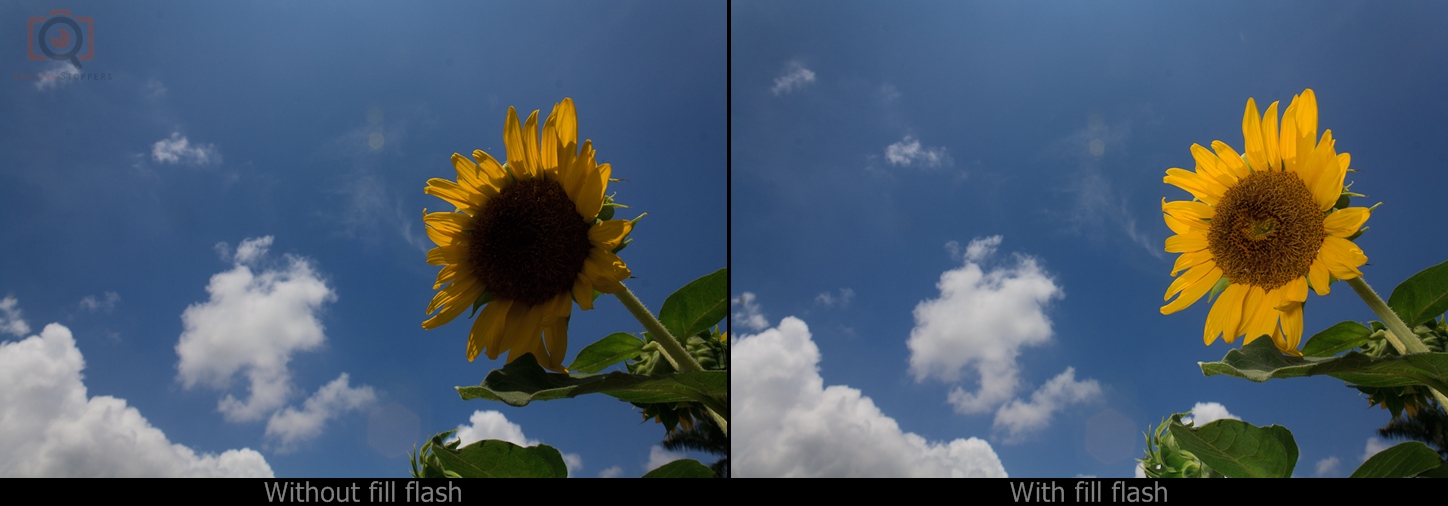
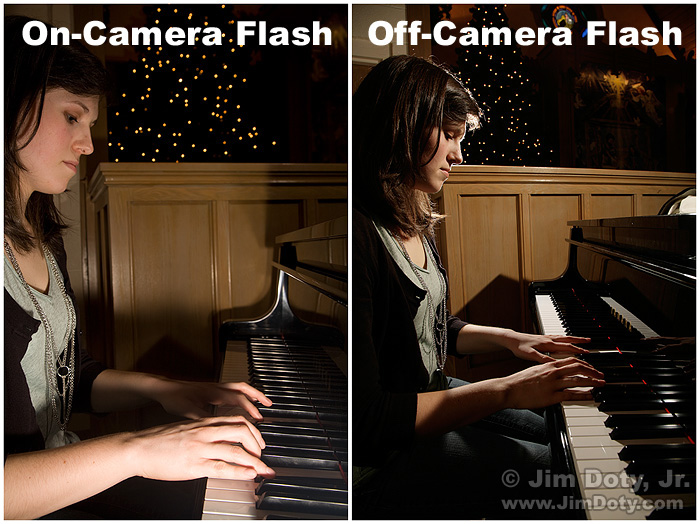
Holy shit I got a lot to learn... Can't believe they hired me based on this portfolio: http://imgur.com/a/jhTns That's just pretty pictures I took at random during travels - taking a picture when you have a specific subject is a whole other game. Really appreciate you writing all this out - I swear i'm gonna take this writeup point by point and study up :) Now that i switched gears in my head, it's lack of knowledge panic time hahah. At least I have the traveling covered, booking places and living out of a suitcase going to be a breeze with that daily allowance. Used to shoestringing it hard.
I will happily take your questions. So will others. There are some quotes I like to use unsourced because unfortunately they're mine and I haven't found anyone more authoritative to blame them on, but "photography is the skill of turning perspective into art." BROAD STROKES Fundamentally, a camera is a box with a hole in it. The only two things you really have control over is the size of the hole and how long it stays open. Your camera, regardless of how simple or complex, has four principle modes: P, S, A, M. It may have a bunch of other presets, it might have some dumb mountain, tulip, face, skyline bullshit, but fundamentally, every camera out there gives you - Program priority. This means the camera is choosing the best shutter speed, aperture and effective ISO (film sensitivity). You're 100% reliant on the brains of the camera interpreting the best way to take the picture, and the camera, I don't care if it's a $20k hasselblad, is gonna take the most conservative, most-likely-to-be-okay picture it can. Keep everything in program, and you will have unremarkable shots of everything. - Shutter priority. You have control over how long the hole stays open. The camera will measure the light coming in and adjust aperture and effective ISO to make the shot work. Shutter priority is useful for determining how much action you want in the shot: - Aperture priority. You have control over how big the hole is. The camera will measure the light coming in and adjust shutter and effective ISO to make the shot work. Aperture priority is useful for determining how much depth of field you want in the shot: - Manual priority. The camera will take the picture at exactly the settings you say. This is useful when you're attempting to create something that isn't there, for example: Know how you take fireworks pictures? 1) Put camera on manual with a timer 2) Put camera on tripod 3) Set ISO to crazy low (50-25) 4) Set shutter to 15-20 seconds 5) Get out a black card and hold it over the lens until there's a cool firework, then move the black card and put it back, and expose a few fireworks all at once. That's 90% of it. Those are the two real things you have control over - how long the hole stays open and how big it is. Everything else is details. If you're shooting sports, shutter priority is probably good. If you're shooting nature, aperture priority. If you're shooting night skylines, probably manual, undoubtedly on a tripod. MORE NUANCED STARTING POINTS - rule of thirds. Don't center your shit unless you really, really mean it. Really, just go do a google image search on "rule of thirds." It's one of those things you can't unsee and you didn't even know. - leading lines. Another great Google search. - Perspective control. A lot of which you can do in Lightroom (Lightroom has lens correction for nearly every fucking lens on the planet) but if you can do it in-camera so much the better. You probably know tilt-shift from bullshit like this: But these lenses were created for bullshit like this: In professional architectural photography, horizontal lines can be any which way but vertical lines are always vertical. Walls are perpendicular to the ground. Full stop. - golden hour. You don't have to shoot everything an hour after sunrise or an hour before sunset, but the 4 hours surrounding noon are fucking useless for photography and the four hours on either side of that are challenging. Obviously if you won't be back when the light doesn't suck, take the picture now... but if you can come back when the light doesn't suck... I mean, here's Spouting Horn on poipu beach, Kauai. Tripadvisor's finest. Here's Spouting Horn at magic hour. And obviously there's other trickery going on which extends to the full bag of chips. Here's Spouting Horn when you get there a little after sunset and decide that it's a really unimpressive geographical feature but you need to get something out of it for your time: PORTFOLIO CRITIQUE Thanks for sharing your portfolio. It affirms what I suspected - you have a good eye but are inexperienced with some of the easy things you can do to improve things. You can literally take some of these, feed them into Lightroom and learn. Cabinets are vertical. ALWAYS. If you have a decent wide-angle lens this is less of a problem. If you have a perspective control lens it's a non-issue. If you have Lightroom you can fix it. Also, your focal point is the microwave when in fact you're selling tile here; the next time you take this shot, you want whatever makes the stonework look awesome. The window blew you out. You can mask this in Lightroom and color balance it to match. Alternatively, you put it on a tripod, shoot once for inside, shoot once for outside and HDR that shit into one photo. Also, take it lower or higher so that the backsplash/counter is more prominent than the cabinets. You aren't selling cabinets. Lighting is flat and the soap dish is distracting. If you were to take this shot again, you'd remove the soap dish, you'd make sure you had legal right to reproduce the art piece (or remove it and replace it with a better prop) and focus the shit out of the sink. I might even hit that with a light that's been flagged off to accentuate it. This is a tricky one. If you wanted to make that stonework look good you'd wanna hit it with crazy bright lights at night with whatever cityscape you can find behind it. As it is, it looks kinda dingy. This is more like it. Fill flash would be handy. Very Jack Leigh. Behold. Magic Hour. Crop to rule of thirds and perspective control vertical lines to vertical.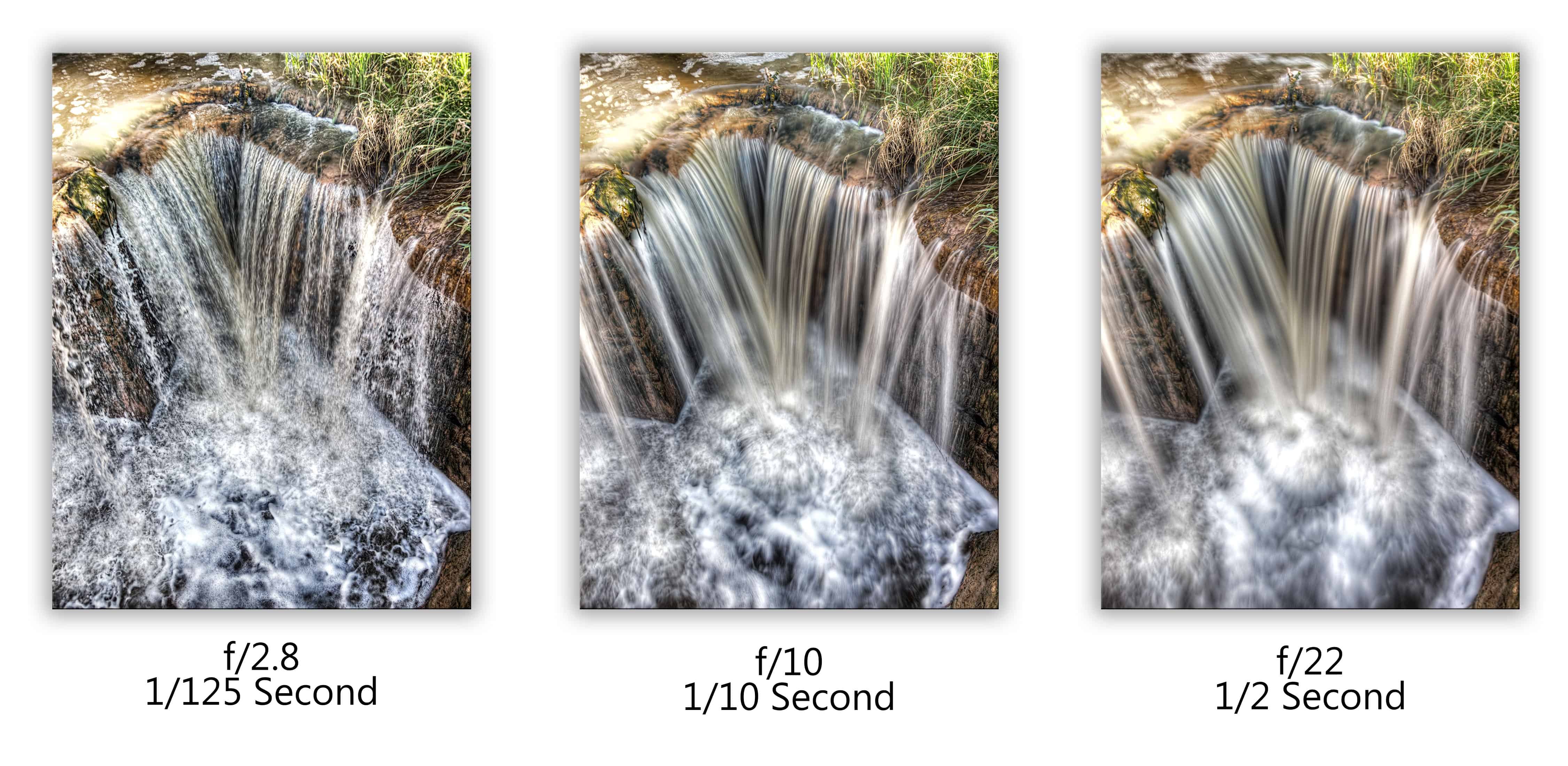

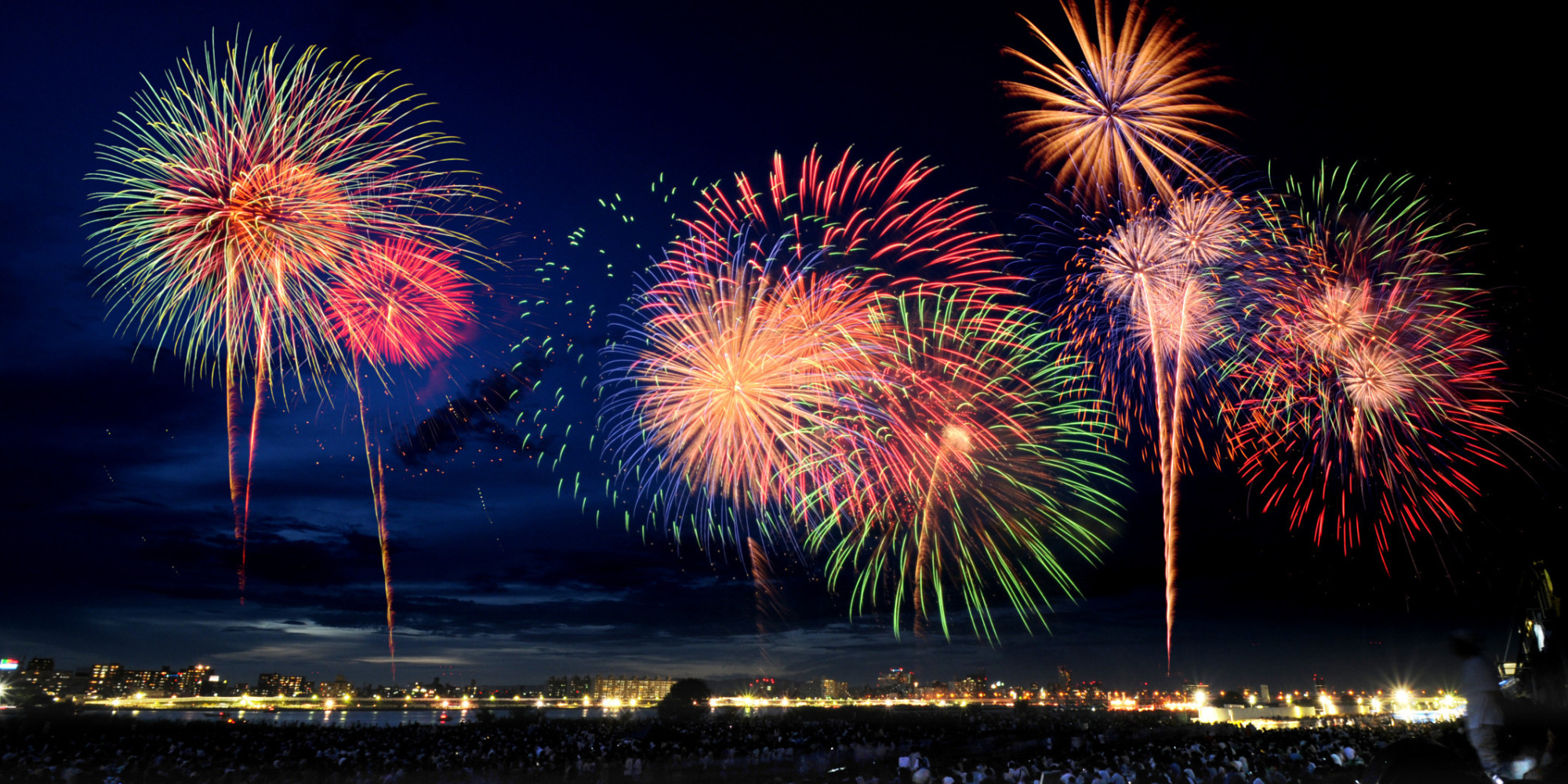

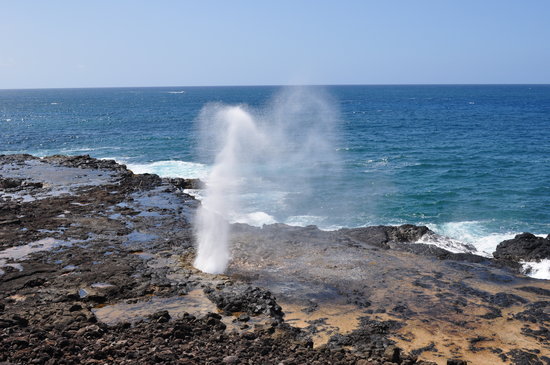
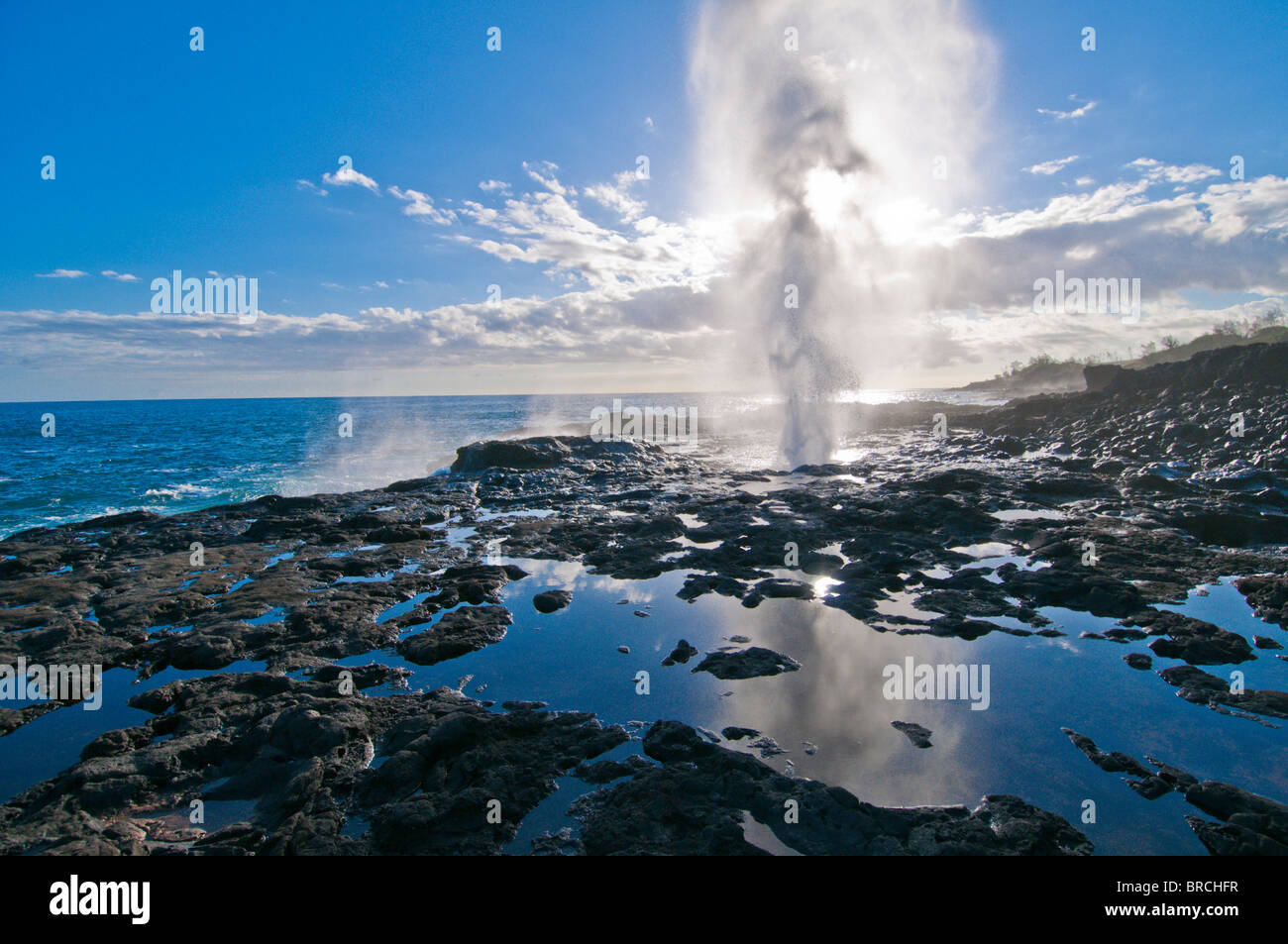








Awesome, thanks for the critique -that's super useful :) I just happened to be in that cemetery in Lviv at golden hour and got some nice shots. Included in the portfolio to pretend I knew what I was doing. I guess it worked! And lucky me people judging these were not photographers. I think that's what they expect of me more or less: https://www.polycor.com/category-realisation/commercial/architectural-projects/ There are some good pictures on that site, but also not so great ones too. I think I can get something good with a little practice :) The perspective control part is what I needed to know most, thanks for taking the time to write it all out. I knew about the tilt shift lenses, but only to do those bullshit shots, had no idea what they actually were for!
Nowadays everybody uses lensbabies because they're cheap and shitty and ugh. But a decent PC lens is a joy to work with. You can also succeed with Lightroom but you need to be shooting a lot wider than you think. My suggestion is to get the A-Z book, look at what's possible and then browse the stock photo sites for ways the subject you're looking at doing has been done. I would also do the boring conventional thing they're expecting, and then try some more fanciful stuff and see which they pick. Hedge your bets. Keep us posted.
THAT IS SO COOL, I always assumed they would just stand back really far. I'm totally gonna use that from now on. I tried it out on this pic of mine. Properly cropped I can probably make it into a good-ish photo instead of a garbage-pile worthy photo. Perspective Control
You also listen to Cortex, right? Here's the most important thing they are actually talking about: develop a system. Maybe even jot down a flowchart of the kinds of pictures you will get and the steps between shot and result. Lightroom is totally a key part of that, but it is just a tool in your system. Think about the system, maybe try it out on a wedding or party, refine, repeat. :)
Cortex is the bomb. I for sure will need to figure out some kind of system - my brain is absolutely useless when it comes to remembering things or multitasking. Just this morning i went to show an apartment to a person, and forgot the keys to the building... That's what makes me the worst ever office worker. Maybe photography's going to be more forgiving :) Or maybe i'll finally get my shit together and write lists of everything I need to do.
holy shit - great primer! seriously elizabeth - I think you've got a lot of resources in this comment alone, as well as people like me and kb (and countless others that I don't know) who will happily answer photography questions for the fun of it. So study up... ask questions...

